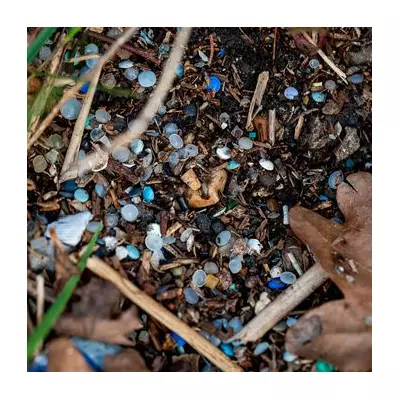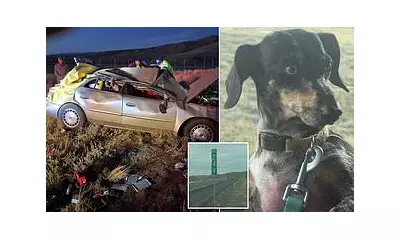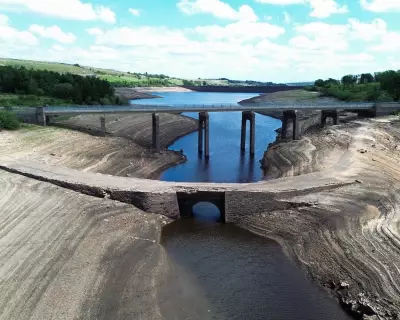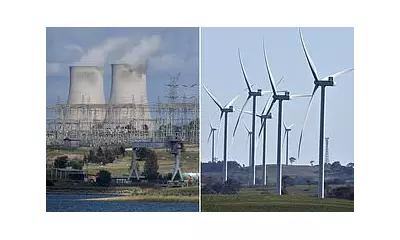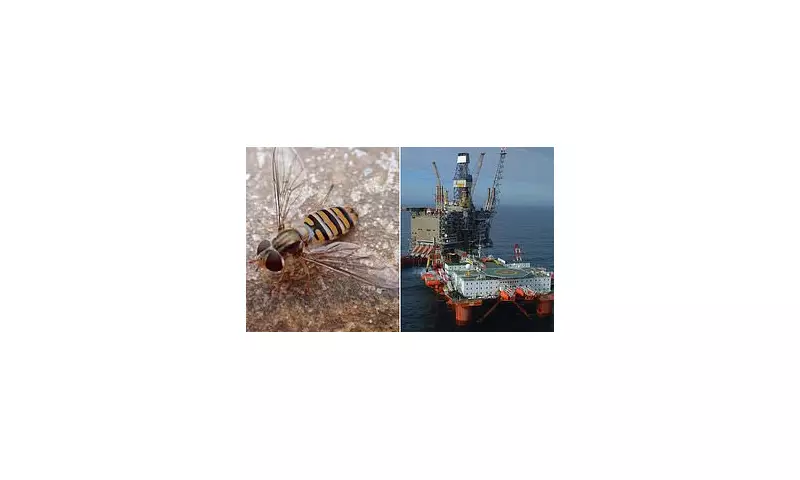
In a stunning discovery that reveals nature's remarkable adaptability, scientists have found that exhausted hoverflies are using North Sea oil and gas platforms as essential refuelling stations during their epic 300-mile migrations across open water.
Insect Aviators Defy Expectations
Researchers from the University of Exeter, working in collaboration with the UK's Centre for Ecology & Hydrology, have documented how these vital pollinators pause their incredible journeys to rest and refuel on man-made structures far from land. The findings, published in the journal Biological Conservation, overturn previous assumptions about insect migration capabilities.
The Great North Sea Crossing
These tiny insects undertake one of the most challenging migrations in the natural world, travelling between Scandinavia and the British Isles each autumn and spring. The journey across the North Sea represents an immense challenge for creatures weighing less than a gram.
Dr. Samantha Hopkins, lead researcher on the project, explained the significance: "We've discovered that oil rigs are serving as crucial stepping stones for these insects. Without these platforms, many hoverflies would likely perish during their marathon flights over open water."
How the Research Unfolded
The scientific team employed multiple methods to track this extraordinary behaviour:
- Direct observation of hoverflies landing on offshore installations
- Analysis of insect populations on different platforms
- Weather pattern correlation with migration timing
- DNA sampling to determine species and origins
Conservation Implications
This discovery has significant implications for conservation efforts and our understanding of pollinator health. Hoverflies play a crucial role in ecosystems, both as pollinators and as natural pest controllers during their larval stage.
The research suggests that as offshore wind farms proliferate in the North Sea, they may also provide additional rest stops for migrating insects, potentially creating new migration corridors.
Future Research Directions
Scientists are now planning to expand their research to understand:
- How different weather conditions affect migration patterns
- Whether other insect species use similar strategies
- The long-term impact of changing offshore infrastructure
- Potential conservation measures to protect these migration routes
This remarkable discovery shows how wildlife can adapt to human-made structures in unexpected ways, creating new opportunities for coexistence between industry and nature in our increasingly modified world.


